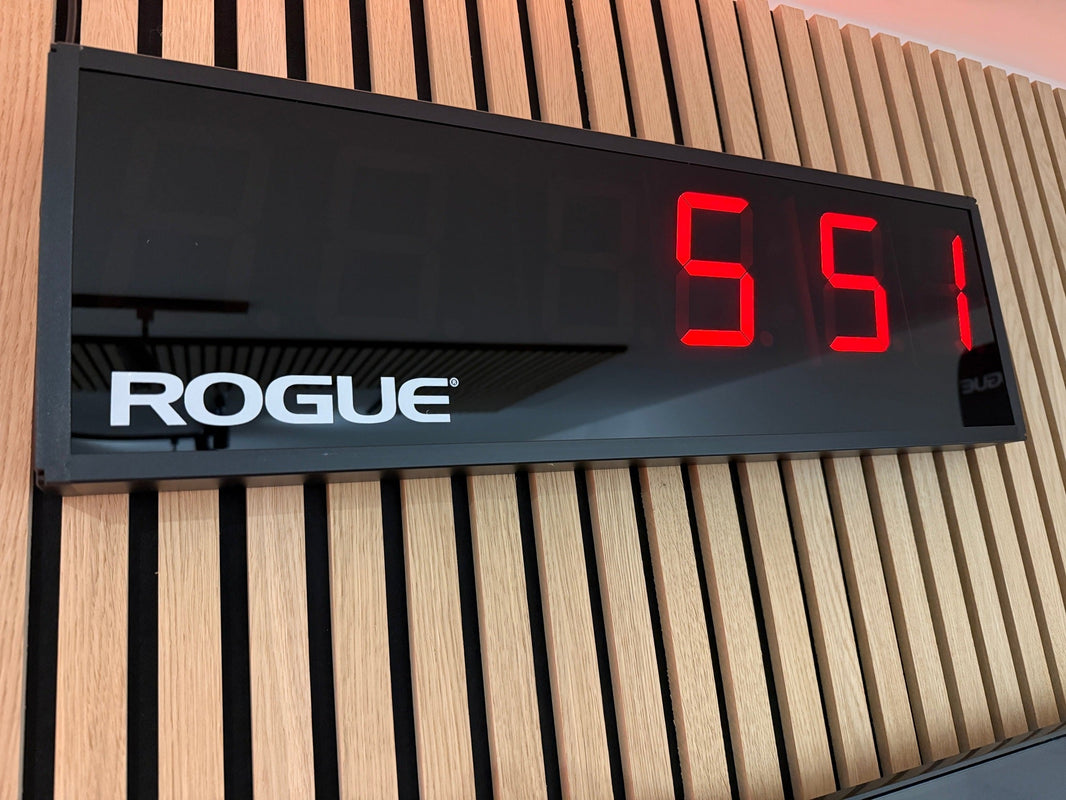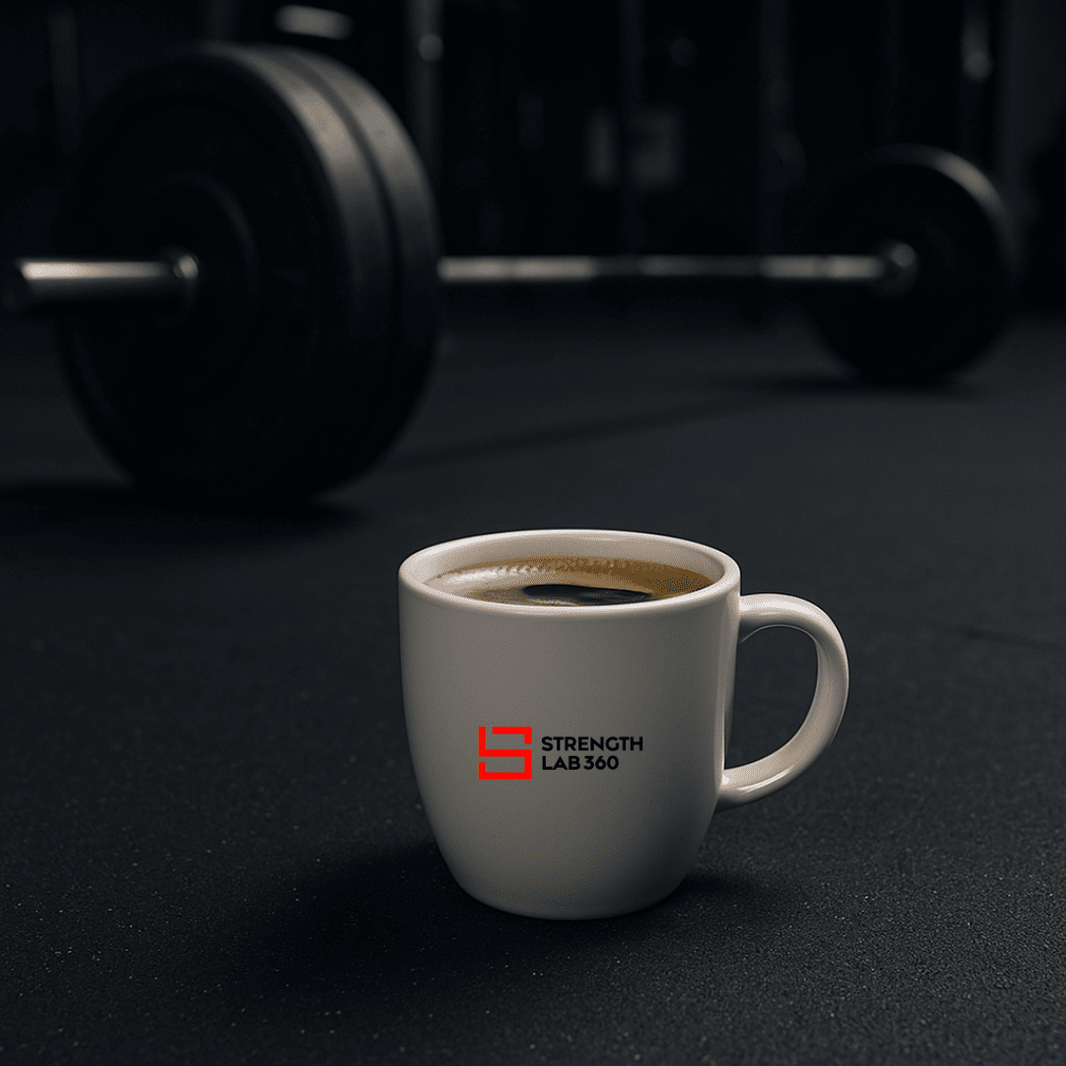For years, the recommendation to consume between 1.6 and 2.2 grams of protein per kilogram of body weight has been the standard for lifters aiming to optimize muscle growth. This guideline, derived from a 2018 meta-analysis by Morton et al., has influenced countless nutrition plans for strength training, bodybuilding, and muscle hypertrophy. However, newer research suggests that this range may not adequately account for the needs of resistance-trained individuals. In fact, you may need higher protein intakes to truly maximize your gains.
Let’s explore the science behind optimal protein intake for muscle growth and how you can adapt your diet for better results in 2025.
The Origin of the 1.6-2.2 g/kg Rule
The 2018 meta-analysis analyzed 49 studies, including 1,863 participants, to determine how protein intake affects gains in fat-free mass (FFM). The researchers pinpointed a “breakpoint” at 1.6 g/kg, suggesting that additional protein beyond this threshold had diminishing returns.

Segmental linear regression showing the relationship between relative total protein intake (grams per kilogram of body weight per day) and changes in fat-free mass (ΔFFM), measured using dual-energy X-ray absorptiometry (DEXA). Each circle represents a group from a study. The dashed arrow marks the breakpoint at 1.62 g protein/kg/day (p=0.079), while the solid arrow shows the 95% confidence interval, ranging from 1.03 to 2.20 g protein/kg/day. Reference
On the surface, this sounds definitive. If muscle gains plateau at 1.6 g/kg, why consume more? However, upon closer examination, the analysis has significant limitations:
-
Statistical Uncertainty: The identified breakpoint wasn’t statistically significant (p = 0.079), and the confidence interval (1.03-2.20 g/kg) was too broad for precision.
-
Data Variability: Most studies included untrained participants, whose protein requirements differ from those of trained athletes. Additionally, the range of protein intakes studied (0.9-2.25 g/kg) was narrow, limiting insights into higher protein consumption.
-
Training Status: Research on resistance-trained lifters consistently shows that consuming more than 1.6 g/kg of protein can lead to greater FFM gains, challenging the assumption that protein benefits plateau at this level.
Emerging Research on Protein Intake for Strength Training
Since 2018, newer studies and meta-analyses have refined our understanding of protein needs for muscle hypertrophy and recovery. These include findings by Tagawa et al. (2020) and Nunes et al. (2022), along with advanced techniques like the Indicator Amino Acid Oxidation (IAAO) method. These studies reveal that higher protein intakes—often exceeding 2 g/kg—may offer greater benefits for strength training.
Tagawa et al. (2020): A Comprehensive View
This analysis included lifters and non-lifters and employed a spline regression model to assess protein intake and FFM gains. It showed that benefits continue up to about 3 g/kg of protein intake, with diminishing but still positive returns beyond 2 g/kg. This supports the notion that higher protein consumption is beneficial, particularly for those involved in intense strength training.

Spline curves showing the relationship between protein intake and changes in lean body mass (LBM) across different groups and models: Reference
-
Unadjusted model: (a) all trials, (b) with resistance training, (c) without resistance training.
-
Multivariate-adjusted model 1: (d) all trials, (e) with resistance training, (f) without resistance training (adjusted for age, sex, intervention duration, and resistance training).
-
Multivariate-adjusted model 2: (g) all trials, (h) with resistance training, (i) without resistance training (adjusted for weight change in addition to model 1 factors).
The solid line represents the mean LBM change, and the dashed line shows the 95% confidence intervals. Abbreviations: BW (body weight), FFM (fat-free mass), LBM (lean body mass).
Nunes et al. (2022): Continuous Gains
The Nunes meta-analysis specifically examined resistance training studies. It found:
-
Protein intakes of 1.2-1.59 g/kg yielded modest FFM gains.
-
Intakes of 1.6 g/kg or higher resulted in significantly greater FFM improvements, with no clear plateau even at intakes beyond 2.2 g/kg.
The IAAO Method: Precision in Protein Requirements
The IAAO method evaluates protein needs by tracking amino acid oxidation rates. It reveals that resistance-trained individuals require 1.7-2.2 g/kg of protein to maximize muscle protein synthesis. Higher intakes, up to 2.4 g/kg, can yield additional benefits, particularly for those with greater lean body mass or higher training volumes.
Why Training Status and Body Composition Matter
For optimal protein metabolism and muscle recovery, your training status plays a critical role. Studies show that resistance-trained individuals experience higher rates of protein turnover and require greater nutrient support. Key factors include:
-
Muscle Damage and Recovery: Strength training causes microtears in skeletal muscle tissue, necessitating higher protein intakes to repair and adapt.
-
Lean Body Mass: Protein needs scale with fat-free mass rather than total body weight. This makes individualized targets more effective than generalized recommendations.
-
Diminishing Returns: While untrained individuals can achieve significant results with moderate protein intakes, trained lifters need higher amounts to overcome adaptation-related plateaus.
Practical Recommendations for Optimal Protein Intake
Base Targets for Muscle Hypertrophy
-
Start with a baseline of 2.0 g/kg of body weight, increasing to 2.2-2.4 g/kg for intensive strength training or bodybuilding goals.
Adjusting for Lean Body Mass
-
A target of 2.35 g/kg of fat-free mass is ideal for most lifters, with ranges extending to 2.75 g/kg for those with high muscle mass or aggressive goals.
Consider Gender Differences
-
Women typically require 10-15% less protein than men due to differences in fat-free mass. A range of 1.7-2.0 g/kg works well for most women.
Dietary Flexibility
-
If higher protein intakes feel restrictive, aim for 1.2-1.5 g/kg. While this may leave some gains on the table, it allows for more calories from other nutrients like carbohydrates and fats.
Does Protein Intake Plateau?
Contrary to older beliefs, there’s no definitive evidence of a strict plateau in protein benefits. While the rate of FFM gain slows as intake increases, incremental benefits persist. For example:
-
Increasing from 1.0 to 1.5 g/kg provides significant improvements.
-
Moving from 2.0 to 2.5 g/kg yields smaller but still meaningful gains in muscle hypertrophy.
Optimizing Your Diet for Muscle Growth in 2025
Protein intake is just one part of the equation for strength training success. Balancing protein with a nutrient-dense diet—including carbohydrates for energy, amino acids for recovery, and essential fats for overall health—enhances results. Incorporating high-quality protein sources like whey, casein, poultry, beans, and whole grains ensures a complete protein profile for optimal muscle anabolism and recovery.
Takeaways
-
Baseline: 2.0 g/kg of body weight is ideal for most lifters.
-
Maximal Gains: Aim for 2.35 g/kg or higher for aggressive strength training goals.
-
Lean Body Mass Scaling: Use 2.35-2.75 g/kg of fat-free mass for precise recommendations.
-
Flexibility: 1.2-1.5 g/kg allows dietary flexibility while supporting progress.
-
Women’s Needs: Adjust targets to 1.7-2.0 g/kg based on differences in body composition.
By tailoring your protein intake to your training status, body composition, and muscle-building goals, you can maximize gains and push beyond outdated recommendations. Make 2025 the year you optimize your nutrition and unlock your strength potential.
Q&A
How much protein do I really need to build muscle?
The amount of protein you need depends on your body composition and training status. For most lifters, 2.0 grams per kilogram of body weight is a good baseline to maximize muscle growth. Advanced athletes may benefit from intakes as high as 2.2-2.4 g/kg.
How much protein should I eat a day for muscle growth?
Aim for 2.0-2.4 grams of protein per kilogram of body weight daily to optimize muscle growth. For precision, scale your intake based on fat-free mass, targeting 2.35-2.75 g/kg of fat-free mass.
How much protein is enough to gain muscle?
To support muscle hypertrophy, a protein intake of 1.6-2.4 g/kg of body weight is recommended. For most lifters, sticking to around 2.0 g/kg ensures you’re covering your needs.
How much protein should I intake for muscle growth?
To maximize gains, your protein intake should be around 2.0-2.4 g/kg of body weight, or 2.35 g/kg of fat-free mass for a more tailored approach.
Is 100g of protein a day enough for muscle growth?
For most individuals, 100g of protein per day is insufficient unless you weigh less than 50 kilograms. For optimal muscle growth, aim for at least 2.0 g/kg of body weight, which would mean 140g of protein daily for a 70kg person.
Is 200g of protein too much for muscle gain?
For some individuals, 200g of protein may be appropriate. For example, if you weigh 100 kilograms, 200g equals 2.0 g/kg, which is ideal for muscle growth. However, if you weigh significantly less, this amount may exceed your needs without additional benefit.
What is optimal protein intake for muscle growth?
The optimal protein intake for muscle growth is around 2.0-2.4 g/kg of body weight. For precision, scaling to 2.35 g/kg of fat-free mass ensures tailored support for muscle hypertrophy.
What is the 2-hour protein rule?
The “2-hour protein rule” refers to the timing of protein intake post-exercise, suggesting that consuming protein within 2 hours of strength training optimizes recovery and muscle protein synthesis. While timing helps, total daily protein intake is more critical.
What is the best protein intake for muscle gain?
The best protein intake for muscle gain is approximately 2.0 g/kg of body weight as a baseline, increasing to 2.4 g/kg for those with high training volumes or advanced goals.
What is the most optimal protein intake for muscle growth?
The most optimal protein intake lies within the range of 2.0-2.4 g/kg of body weight or 2.35 g/kg of fat-free mass. These targets support maximum muscle protein synthesis and hypertrophy.
What’s a good amount of protein per day to build muscle?
A good daily target for building muscle is 2.0 g/kg of body weight, scaling higher (up to 2.4 g/kg) for individuals with more advanced training or greater lean body mass.







